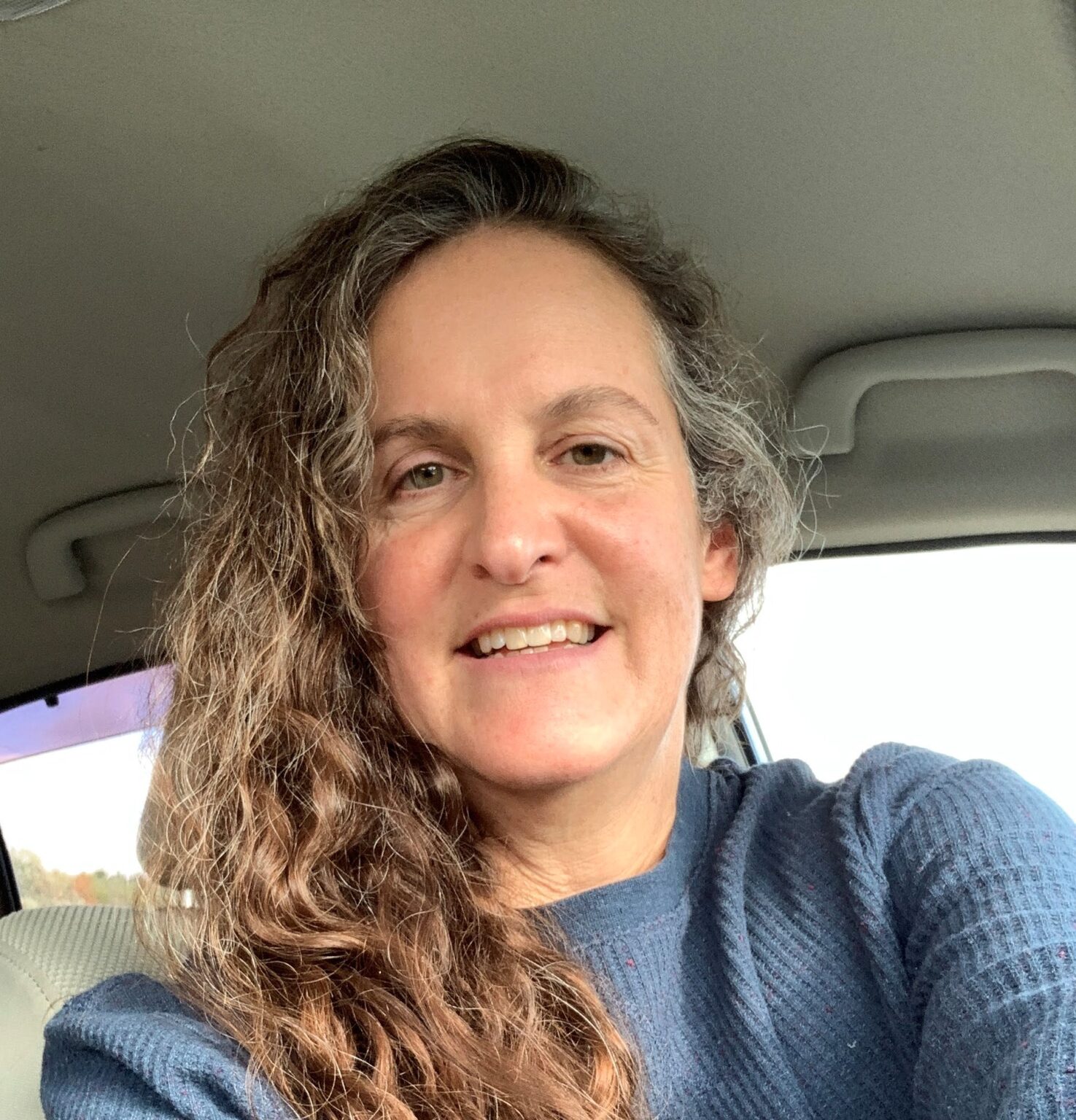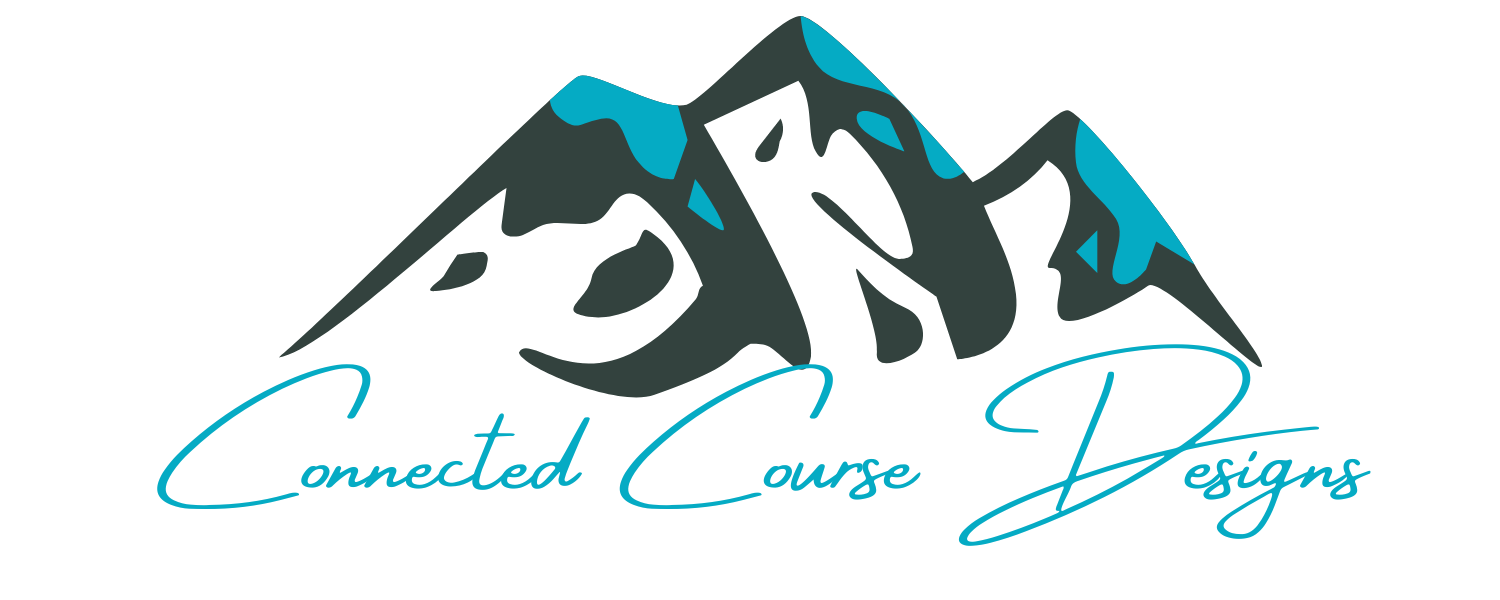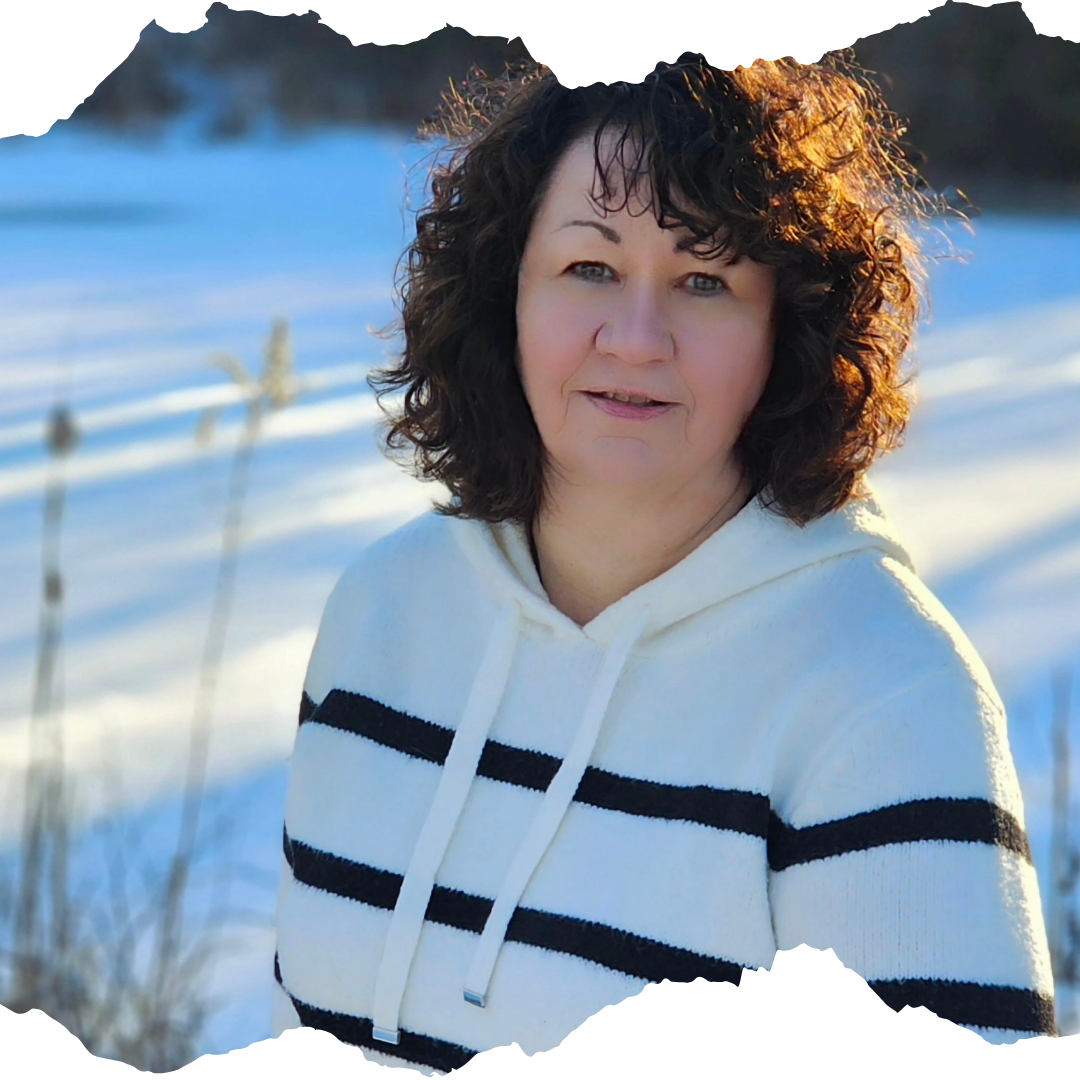
Fabric to Finished is one of Pretty Simple Sara's beginner quilting courses. We take a look at it today.
Creating a Seamless Learning Experience: Course Creation Trail Maps in Action
I’m so excited to share with you today a course that has excellent organizational examples as well as beautiful creative inspiration! We have the privilege of using it to explore the next step in the Summit-First Framework – Trail Maps.
“Make your first quilt, even if you’ve just sewn your first seam,” is a bold statement and one that Pretty Simply Sara delivers on to a high degree of excellence in her Fabric to Finished Course.
Let’s use Sara’s course to review the first three steps of the Summit-First Framework:
Learner Summit Destination: Learn to make your first quilt.
Trail Markers: She has trail markers staked out for learners, including knowing what tools to gather, piecing the quilt top, celebrating the finished product, and many more.
Backpack Checklist: She loads learners’ backpacks with video instructions, video demonstrations, main-point summaries, and two print resources – an organized shopping list and the written instructions for making a strip pieced table runner.
Course Trail Maps
That brings us to today’s topic, Step 4: Trail Maps
It’s easy to see that Sara did a lot of backend organization of the content before presenting it to learners. We’re going to review the organizational design elements she uses, discussing the importance of organization in keeping your learners engaged, confident, and successful.
Kindling-Sized Communication
You’ll remember from the Summit-First Framework that we need to organize all of our content and resources in a Trail Map before we put it into our courses. We don’t stop there, though, we must communicate how we’ve organized the content clearly to our learners. This is a step that many course creators miss.
You’ve probably watched a long video on YouTube where they give you a lot of great information, but it’s all run together in one long video. For example, maybe it’s a video on putting oil in your car when it’s low. They might first tell you how to check your oil, and then explain how to know what kind of oil to use for your car and where to purchase it. Then, they cover the process of prepping the car to put the oil in, how to use a funnel, and how to check the levels afterwards. Because it’s all run together with no categorization stated, you can get lost about the order of the process or what resources you need, and you will probably have some difficulty remembering all the information.
The person creating the video likely had it all planned out, but they need to also take care to communicate that to you. Sara does that.
As soon as we enter the course, we see an outline of the course with the content divided into what we call kindling-sized pieces in the Summit-First Framework. This means the content is divided into easy-to-comprehend groups. Instead of just diving in and filming a 3-hour video on creating a quilt, she lets you know the main categories that will be covered from tools needed to the final step of binding the quilt.
The categories are presented in parallel structure (that means grammatically, they are all structured the same). In Sara’s course, the categories all start with a noun: Tools, materials, piecing, and so on. This helps the brain process and store the information to apply it.
Each of those larger categories is broken down into smaller kindling pieces. Each of those is clearly labeled as video lessons with their lengths. This kind of organization helps your learner feel relaxed and in control of the content because they can literally see what the course involves, the time commitment for each module and lesson, and the lesson format (in this case, primarily video)
A learner should be able to glance at your course outline and know what is going to be covered in the course. They should also have a sense of time it will take to cover the material.
Kindling-sizing in video lessons
When you have a course where the lessons are voiceovers of a PowerPoint presentation like the free Summit-First Framework course, you can divide the content with title screens and subtitles on slides in each section.
It can be harder with video lessons, and many content creators don’t bother – but that’s not Sara!
Each lesson video has a solid-colored slide with the lesson title. When she covers more than one topic in a video lesson, she inserts a solid-colored slide with the lesson subtitle. Sometimes she puts text over the video itself to clearly communicate the topic to the learners or add some additional information.
Consistency of format
Our brains like patterns. Being consistent with your format helps learners stay engaged.
Each of Sara’s quilt videos ends with a creative inspirational quote on a solid-colored slide. This kind of consistency of format helps learners settle into a course. They know what to expect and what is coming next. It helps their brains organize the information so that they not only retain but can recall it when needed for application.
She doesn’t just talk to the camera; she also provides close-up demonstrations, from showing how to use a cutting tool safely to how to sew a straight stitch. She always starts the videos talking to the camera, then cuts away to the demos as she’s explaining a point, and then cuts back to her. She doesn’t use any fancy transitions which keeps the learner focused on the content and not distracted by unnecessary movement during transitions.
Telling the learner what’s important
Below each video lesson, Sara provides some summary information, calling out the important points and including relevant links where appropriate. For example, in the tool video, she highlights the two methods she discussed for ensuring accurate quarter-inch seams and provides purchase links where appropriate.
The buy links serve a dual purpose. First, they let you know where you can buy the tool. An added benefit is letting you see what the tool looks like so your brain can cement that learning if you aren’t familiar with the tools.
For example, even though the shopping list clearly lists 'Universal needles for piecing (80/12 or 90/14)' under the 'Sewing machine and accessories' category, I was still a little uncertain whether these were needles for my machine or for hand sewing. I was 90% sure they were for the machine, and when I clicked the buy link under the video, it confirmed I had understood correctly.
Resources
Finally, good design makes resources easily available.
Sara has PDFs for the pattern as well as a shopping list that are easy to locate and download in the course. Again, it’s not just about providing those, but communicating to learners clearly how they can locate and access them.
Review
It’s important to review what you have covered in the course. Even if the learner was able to work through it without long breaks between lessons, a review reinforces their learning. I love how Sara did this in the final 2-minute video encouraging learners to show off their work and celebrate their accomplishment. As she listed for learners all the steps they had accomplished, she showed video clips in the corner of the video of those steps being demonstrated from the lessons. A visual representation is even better than a written one – well done, Sara, well done!
Conclusion
Like Sara, I’ve been sewing since I was 8. I’ve made clothing, craft projects, curtains, my wedding dress, and most of my children’s clothes when they were young. I’ve tackled a few small quilt projects here and there but continue to aspire to making a quilt. Even as an experienced sewer, I gained a great deal of useful information from the course and am motivated to give it another go soon.

Sara of Pretty Simple Sara
Pretty Simple Sara
You can visit Sara’s website, Pretty Simple Sara, where you can see all of her free offers and access the Fabric to Finished quilting course.
Want a fillable worksheet and guide?
In the free Summit-First Framework course, I provide you with a fillable worksheet and form to guide you through all 5 steps. If you haven’t registered yet, you can do by filling out the form below.
Would you like more guidance on how to create your Trail Map and organize your content into kindling-sized pieces?
Watch for the launch of the course Trail Maps: Summit-First Framework Step 4.
Sign up for my mailing list below to know when new courses are available.


Sara's course sounds like a wonderful opportunity from the beginner to the more experienced who just let life get in the way. I love the concept of a trail map because you can create your own path at your own pace. The bite sized pieces presented in an organized manner is perfect for young and old alike.
Yes, her course is a wonderful opportunity. Yes, the trail map both helps both the course creator and the learner by getting things organized into bite-sized pieces. I’ll be writing about the final framework step, the Trail Guide next.
Great tips for organizing a course into bite size pieces.
Love the idea of trail maps – from a creator perspective, I've never thought about this and one of the things I've let hold me back from creating a course is not knowing how to make everything flow together; the idea of a trail map makes so much sense! The course you mentioned sounds great – there's nothing better than taking a course that seamlessly flows together and is well organized!
Thank you, Tish!
If it weren’t for using a mapping system, my courses would never get done because I’d keep putting more and more content in. Using the summit-first approach of starting at the end helps eliminate that problem.
WOW! Lisa, I never really took the time to realize all those pieces that need to come together to create a course.
I think intuitively, I get it. Teaching someone else what you know is a matter of breaking down the information is small bitesize info so that at each step, the participant has the time to digest what you're teaching them.
I've done some paper piecing quilting and I know there are lots of parts to this.
I appreciate that you share this, making me rethink all the pieces to course creation.
Exactly. Those who know how to teach will usually break things down well so that people can process the information. Not only does Sara do that particularly well in her course, but she also communicates the categories clearly to the learners so they can see and follow the organization and its progress as well. Extra gold star for her. 🙂
Thank you so much for this valuable post, Lisa. As an elementary art teacher and online course creator, I've always tried to incorporate many of the things you detail in Trail Maps because they're things I personally find valuable. However, I didn't know *why* I found them valuable, or the specific value they provide for learners. This post has given me tremendous insight into how learning works and STICKS, and I look forward to learning more from you in the future.
That’s what I love about learning design – whether you learn it by study or from experience, the principles remain true and effective. I’m glad this supports your experiences.
Lisa, this was so helpful. I've been leaning into creating small short videos that can be pieced together in multiple ways to fit the needs of different styles and purposes of image creation. Reading this has helped understand the value in doing that and setting myself up for flexibility and my students up for clarity and simplicity. So much to learn. Thanks!
Thank you, Terre. I love how you are doing that – kind of like modular course building! That’s really smart.